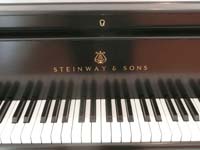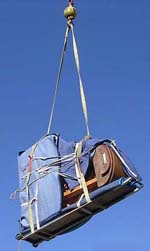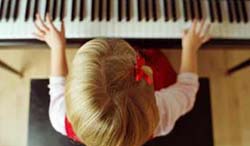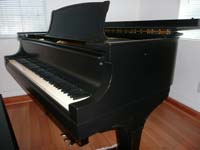So What Are the Best Piano Brands?
The country of origin is often the best indicator of the quality of pianos. Since piano production began in Germany and the United States, these represent the very best piano brands.
The United States only has 3 manufacturers left although there used to be hundreds of piano companies building in America. Today we have only:
Steinway
Steinway makes about 2500 pianos a year
Mason & Hamlin
Mason & Hamlin builds only 250 pianos per year
Charles Walter
Charles Walter is a relative newcomer which builds only about 65 pianos each year.
The best European pianos come primarily from Germany:
Bechstein

Bluthner

Bosendorfer (from Austria)

Fazioli (from Italy)

The Eastern European pianos are not as refined but offer excellent value:
Petrof/Weinbach
(The same company produces both pianos.)

Estonia

Japan makes the best Asian production pianos. There are 2 companies which are the largest and second largest manufacturers of pianos in the world:
Yamaha

Kawai

Both companies have factories throughout Asia (not just in Japan) and the best pianos they build are made in Japan. They offer everything from budget instruments to hand-made pianos rivaling the best German and American pianos.
Korea has been making pianos for quite some time. While not as refined as the Japanese pianos, they continually improve. There are 2 Korean piano manufactures both of which have factories in other countries:
Samick

Young Chang

Samick sells pianos under many different brand names including Kohler and Campbell, Knabe, Sohmer, Pramberger, Remington and many more. These are referred to as “stencil pianos” since the original manufacturer is either out of business or it is a made up name. Young Chang sells pianos under the Weber name.
Best Piano Brands YouTube Video
Best Piano Brands


















